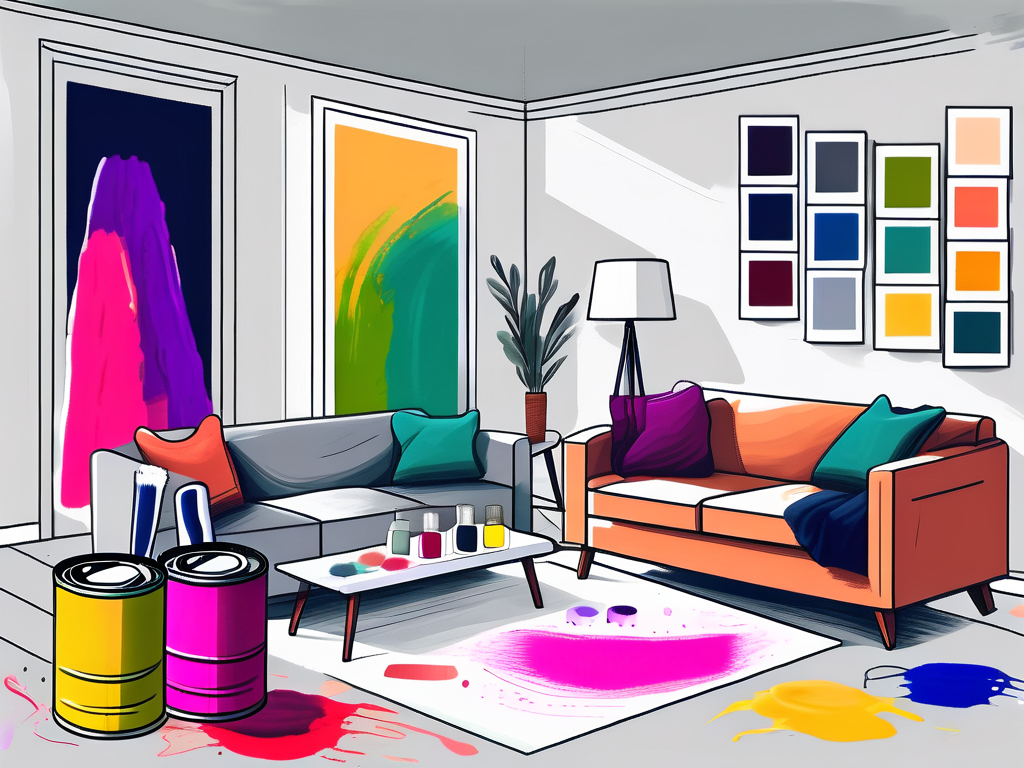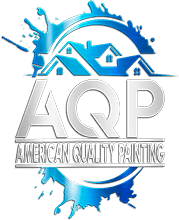Understanding the Importance of Preparation
Preparing your home for a professional paint job is often overlooked, yet it plays a pivotal role in ensuring lasting results and stunning aesthetics. Many homeowners underestimate the effort needed to prepare surfaces prior to painting, which can lead to subpar finishes.
When surfaces are properly prepped, the paint adheres better and lasts longer, reducing the need for frequent touch-ups. The quality of your paint job can significantly affect not just the appearance of your home, but also its overall value. Investing time upfront can save money in the long run.
The Impact of Preparation on the Final Result
High-quality preparation can mean the difference between a flawless finish and an unsightly one. For instance, dirt, old paint, and imperfections such as cracks and holes can compromise both the appearance and durability of the paint. If these elements aren’t properly addressed, the paint may peel, bubble, or fade prematurely.
Moreover, an unprepared surface might not capture the paint’s true color, leading to inconsistencies that are visible once the job is complete. Therefore, taking the right steps before painting will ensure that you achieve the beautiful and durable results you’re aiming for. In addition, the type of surface being painted can also dictate the level of preparation required. For example, wood surfaces may need sanding and priming to create a smooth base, while metal surfaces might require rust treatment and a specific type of primer to prevent corrosion. Each material has its own unique needs, and understanding these can further enhance the longevity and appearance of your paint job.
Why Professionals Emphasize on Pre-Painting Prep
Professional painters often stress the importance of preparation because they understand that it sets the groundwork for their work. By dedicating considerable time to this phase, they can avoid potential pitfalls that might arise during or after the painting process. A smooth and well-adhered finish is their ultimate goal, and they know that meticulous prep work is essential to achieve it.
Furthermore, professionals recognize that a well-prepared job can enhance productivity during the actual painting process. When everything is in its place, it allows for more efficient work, resulting in a quicker turnaround without compromising quality. This efficiency is particularly beneficial when working on larger projects, where time is often of the essence. Additionally, professionals are equipped with the right tools and techniques to ensure that every inch of the surface is ready for paint. From using high-quality primers to employing advanced cleaning methods, their expertise in preparation not only elevates the final outcome but also minimizes the risk of future issues, such as mold growth or paint failure, that can arise from inadequate prep work.
Initial Steps for Preparing Your Home
Before jumping into painting, there are fundamental initial steps that need to be taken to set the stage for a successful project. These steps will help ensure your walls are ready to accept paint while revealing any issues that need addressing.

Cleaning the Walls: The First Step
The first action in your prep work should be cleaning the walls thoroughly. Over time, dust, grease, and grime can accumulate, which may negatively impact paint adhesion. Using a simple mixture of water and mild detergent can help remove these contaminants.
For tougher stains, consider using a sponge or cloth to scrub lightly and rinse with clean water afterward. If your walls have oil-based paint, it’s beneficial to clean them with a degreaser for a more effective clean. Once the walls are clean and dry, you’ll be in a better position to identify any damages that require repair.
Repairing Damages and Smoothing Surfaces
After cleaning, inspect your walls and ceilings for any imperfections, such as dents, cracks, or holes. These defects can detract from the smooth look of a new coat of paint and should be repaired before painting begins.
Use spackle or joint compound to fill in any holes or cracks. Once the repairs have dried, sand the area to ensure a smooth surface. A well-prepared smooth surface will allow for a more even and professional finish, enhancing the look of your newly painted rooms.
Choosing the Right Time and Conditions for Painting
Selecting the right time to paint can significantly affect the quality and efficiency of your project. Factors like weather, humidity, and temperature can deeply influence how the paint dries and adheres.
The Role of Weather in a Paint Job
Weather conditions play a crucial role in the painting process. Ideal conditions are typically dry and mild, with temperatures ranging between 50°F and 85°F (10°C to 29°C). Too hot or too cold, and paint may not adhere properly, leading to potential issues.
High humidity can also lead to prolonged drying times and potential issues like mildew. On the other hand, too dry conditions can cause the paint to dry too quickly, preventing it from properly adhering to the surface. Planning your painting project around the weather will contribute to a more successful outcome.
Ideal Time of the Day for Painting
Time of day also matters when it comes to painting. Early morning or late afternoon are often the most suitable times to start. This is when temperatures are more moderate and direct sunlight isn’t as harsh, allowing for an optimum working environment.
Avoid painting in direct sunlight, especially in warmer months, as this can cause the paint to dry too quickly and fail to smooth out correctly. Getting the timing right can be key to ensuring a quality finish.
Preparing the Interior for a Paint Job
Once you’ve completed your preparations and scheduled the right timing, you need to ensure the interior of your home is ready. This means protecting your belongings and prepping the surfaces for a fresh coat of paint.
Protecting Your Furniture and Flooring
Before you begin, take the time to move or cover your furniture and flooring. Use drop cloths or old sheets to protect your floors from paint spills and splatters. You might also consider moving smaller furniture items entirely out of the room.
For pieces that are heavier or cannot be moved, covering them with drop cloths is essential. Make sure to tape the edges of the cloths securely to prevent any accidental displacements during the painting process.
Prepping Walls and Ceilings for Painting
With your belongings out of the way, the next step is to prepare the walls and ceilings further. Ensure surfaces are entirely dry after washing and repair work. Use painter’s tape around edges, trim, and any hardware to create sharp, clean lines. This tape will act as a barrier, keeping paint contained to the areas you wish to cover.
After taping, it’s advisable to apply a coat of primer, especially if you are making significant color changes or painting raw surfaces. Primer allows for better color retention and durability, setting a strong foundation for your paint job.
Preparing the Exterior for a Paint Job
If you’re planning to paint the exterior of your home, a different set of preparations is necessary. The elements and the nature of outdoor surfaces make the preparation process unique and sometimes more complex.
Dealing with Outdoor Elements
Outdoor surfaces are exposed to many environmental factors, thus demanding thorough cleaning and preparation. Begin by removing loose paint, grease, dirt, and mildew. A pressure washer can be an excellent tool for this, but ensure that surfaces are thoroughly dried before proceeding.
Additionally, observe the weather forecast to avoid painting during rain or extreme temperatures. These factors can affect the longevity and appearance of your exterior paint job.
Prepping Siding and Trim for Painting
Inspect siding and trim for any damages, such as rot or cracks, which must be repaired before painting. Scrape away peeling paint and sand surfaces for smooth texture. Also, caulk gaps to prevent moisture infiltration.
Once all surfaces are clean, dried, and prepped, you can confidently move forward with the exterior painting knowing you’ve laid the groundwork for a successful project. Proper preparation ensures that your exterior paint job will withstand the elements and enhance your home’s curb appeal for years to come.

